



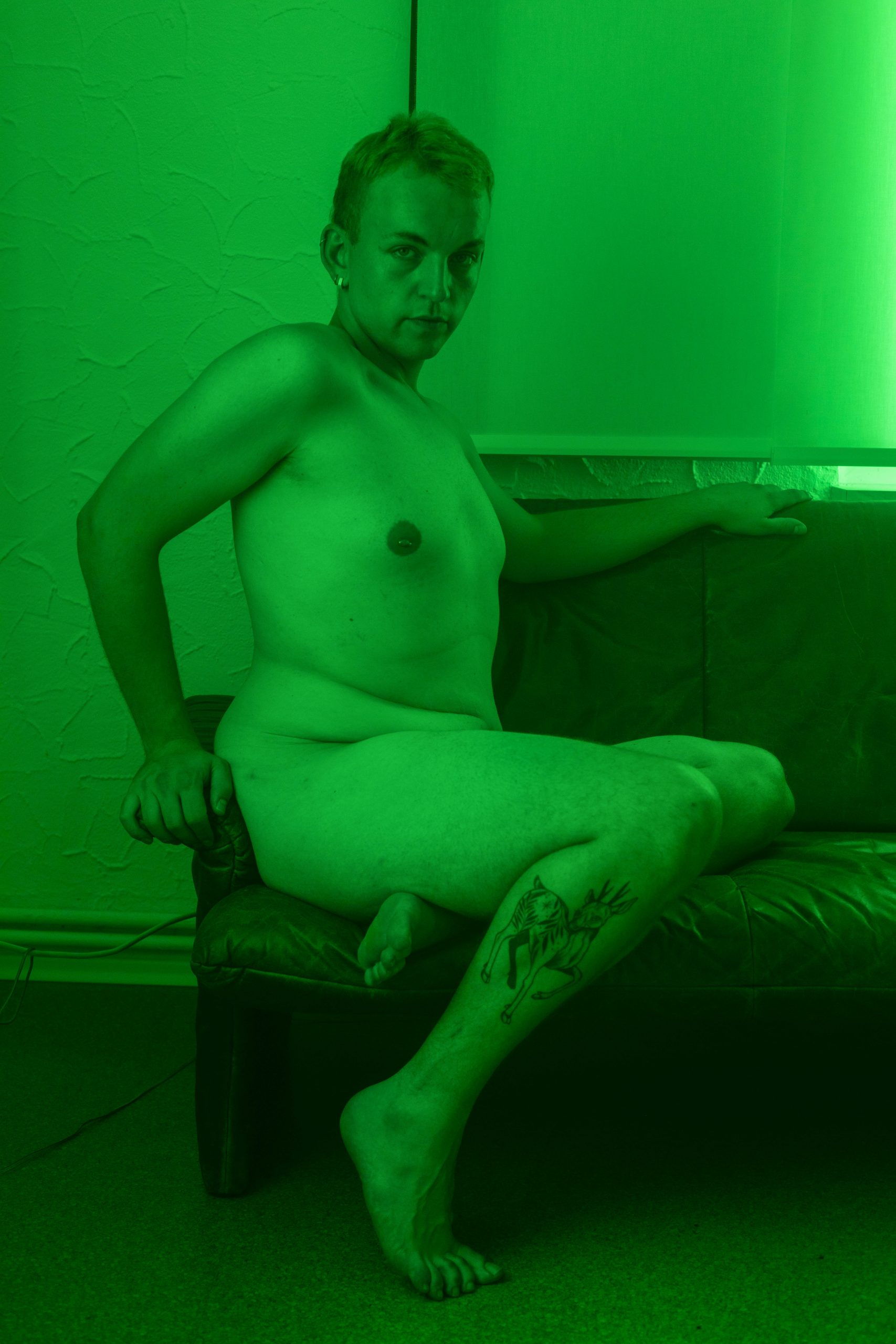
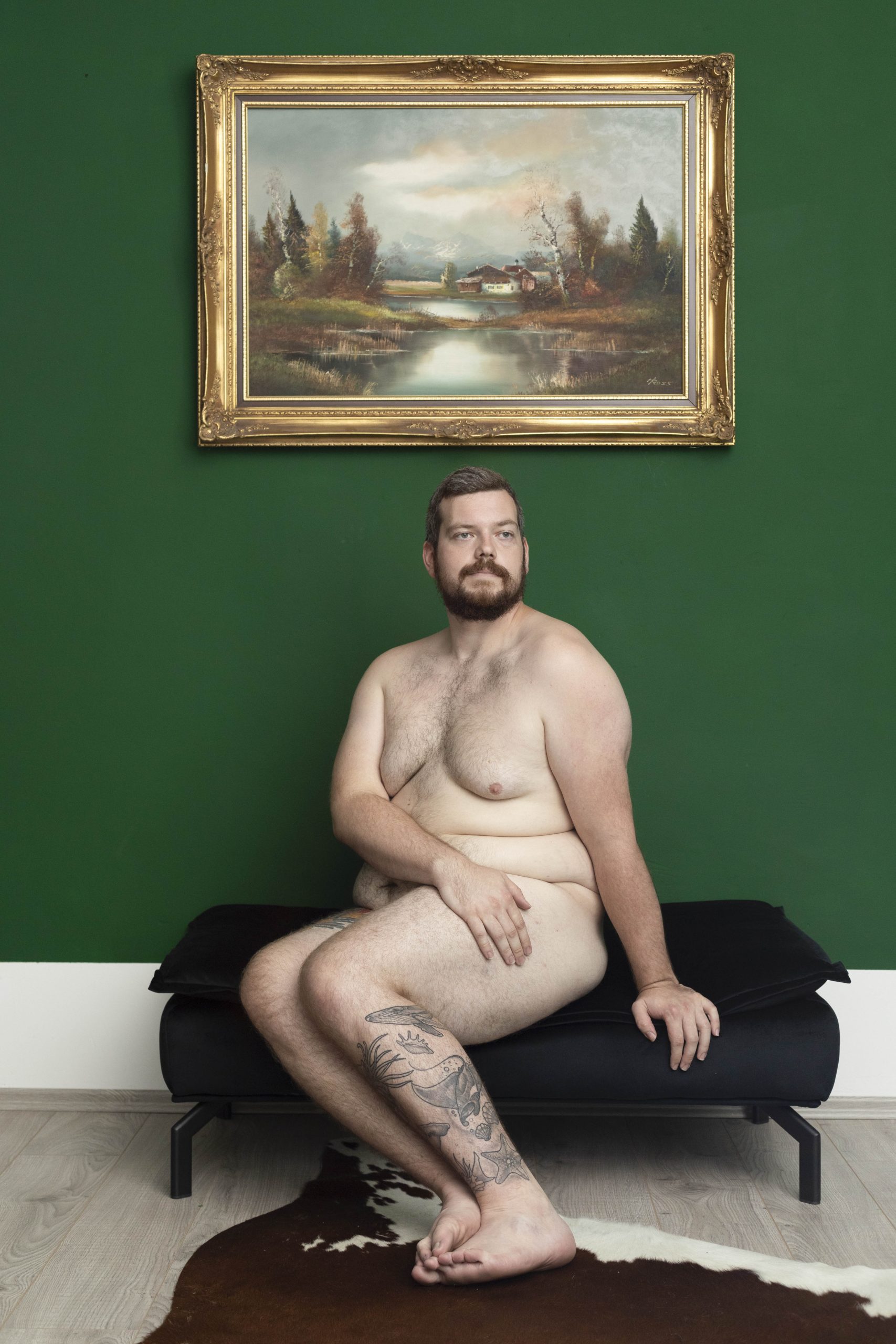
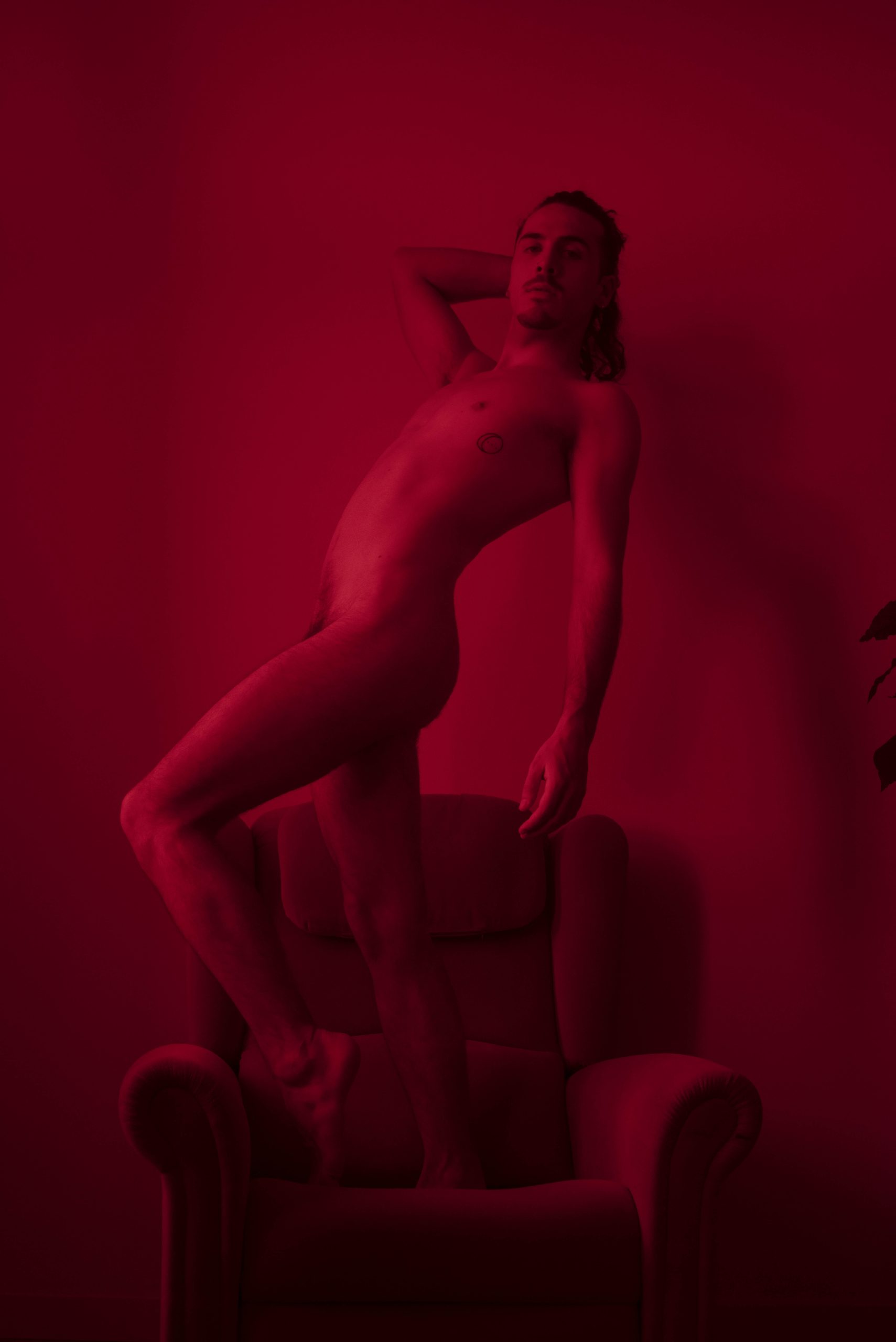





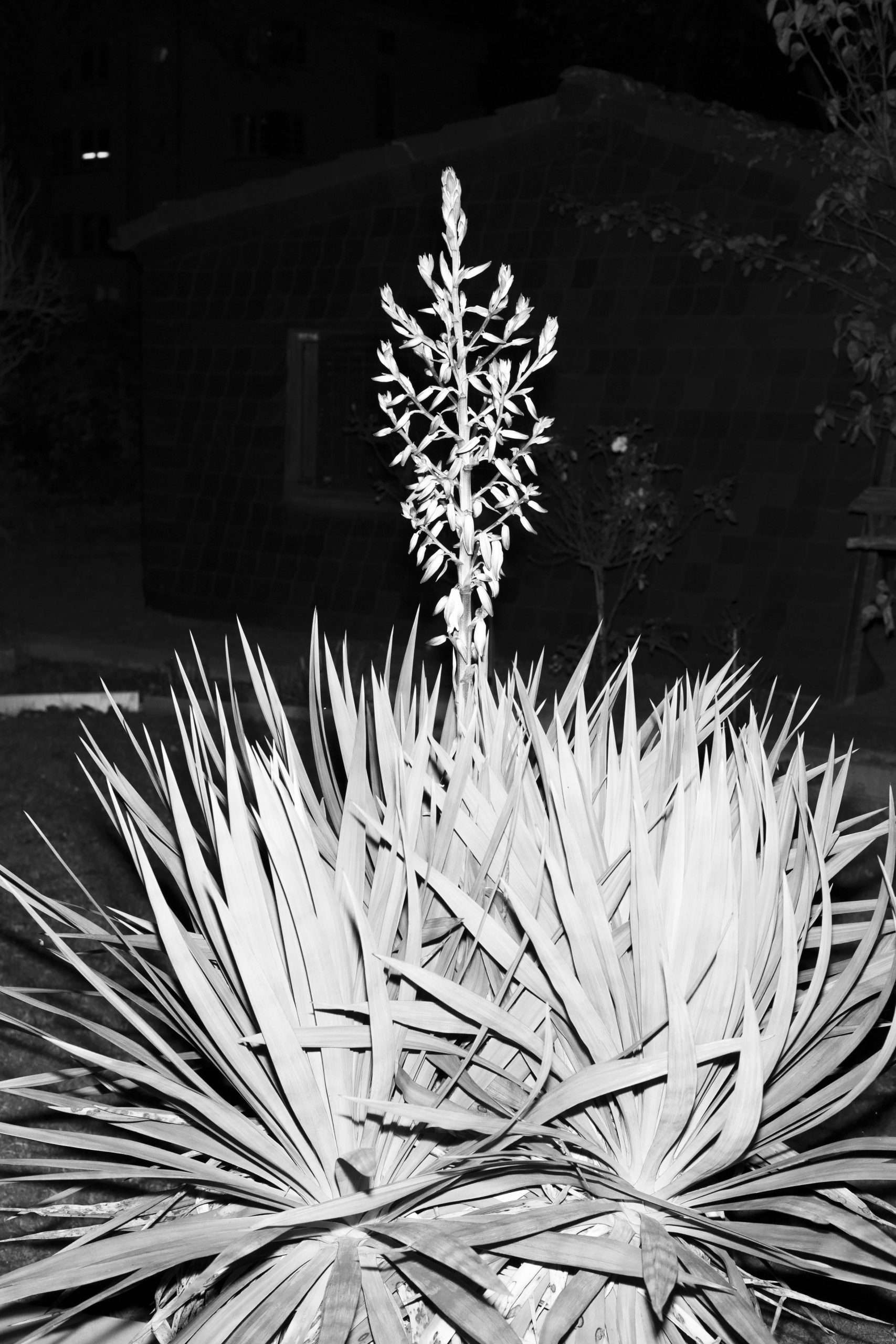


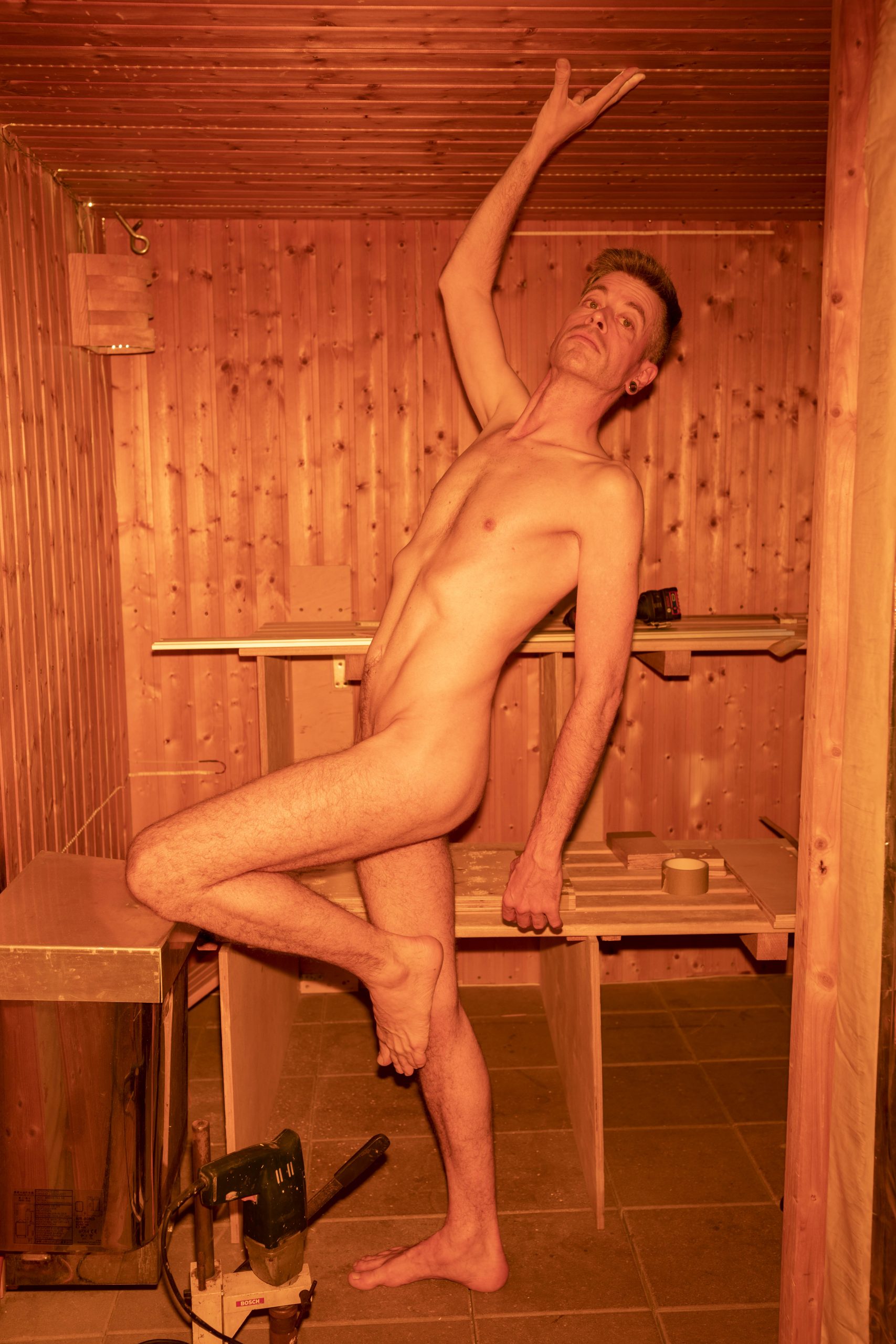

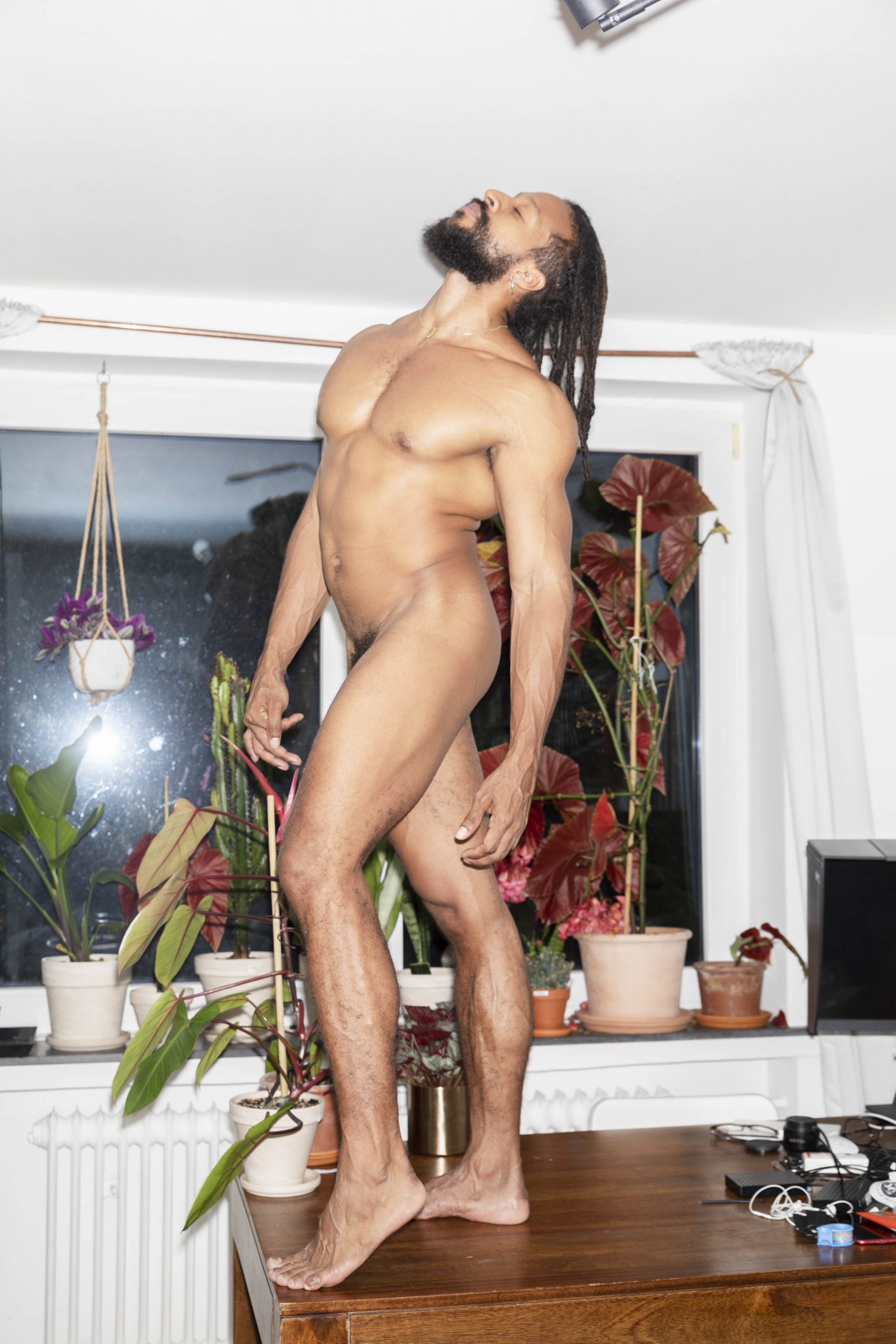










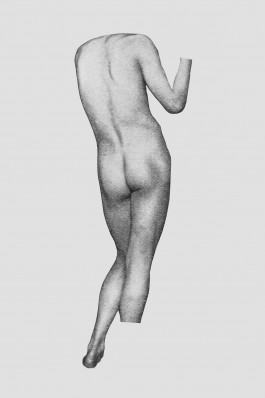

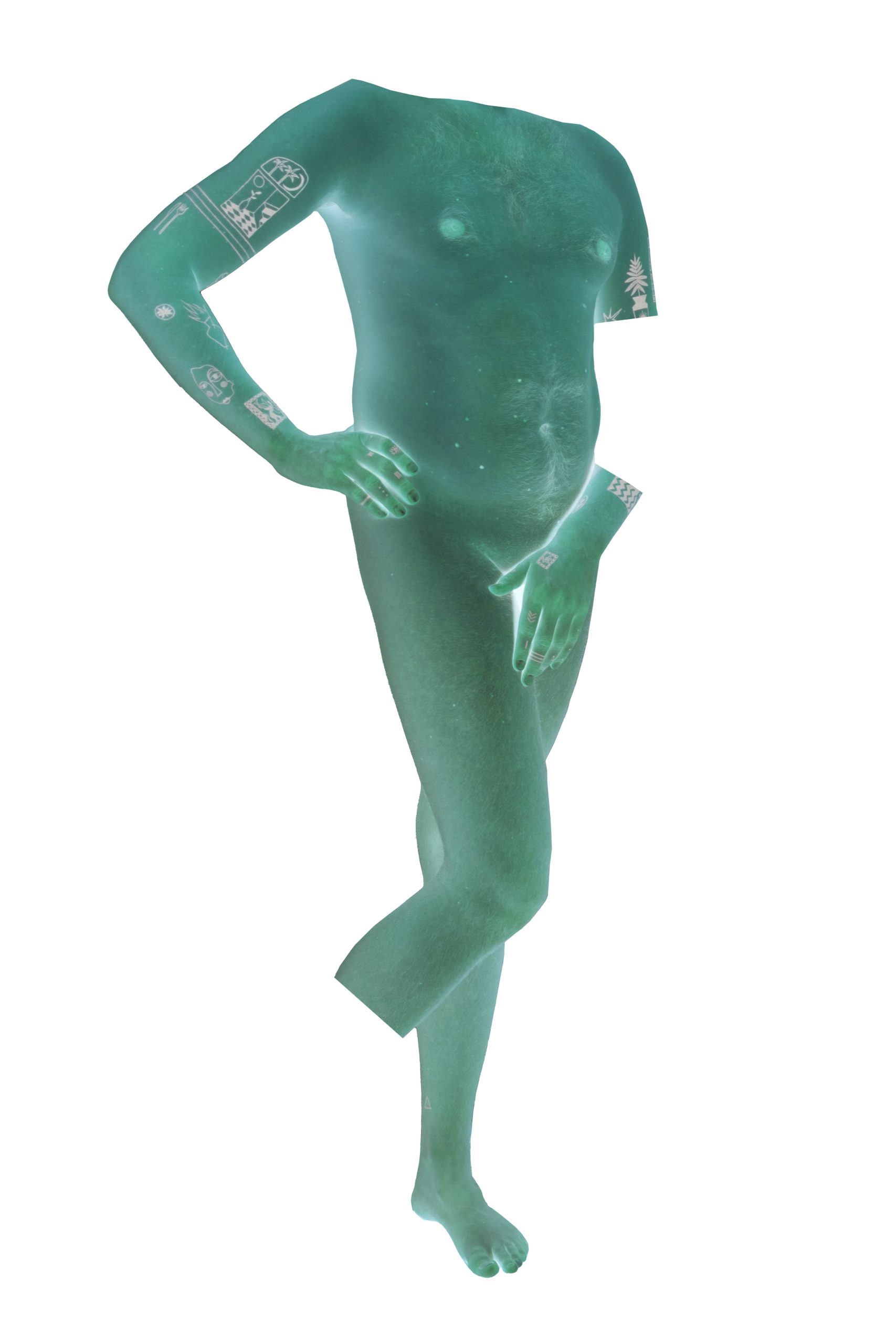





"the beauty & the boys" is a project about the representation of the male body. The work questions whether the depiction of a softer masculinity is a visual innovation or just old news in a new guise. By questioning the ways in which the male body is portrayed, misogynistic structures in imagery can be highlighted, thereby creating a basis for greater gender equality. In recent years, a homely setting within the male model's own four walls has become increasingly present in advertising, but also in artistic photography. The setting creates a homely atmosphere that evokes an informal naturalness. The poses in the work are borrowed from photographs of male bodies from around 1900. They are static, statuesque and therefore often artificial. The homely setting within one's own four walls is thus reduced to absurdity. At the same time, it can also be observed that although the bodies depicted are often slimmer and more delicate, the poses are less masculine. Nevertheless, the ideal of the masculine-ascetic body is reinforced, if not strengthened. But if the ideal itself is not questioned, is the image of the male body really changing?


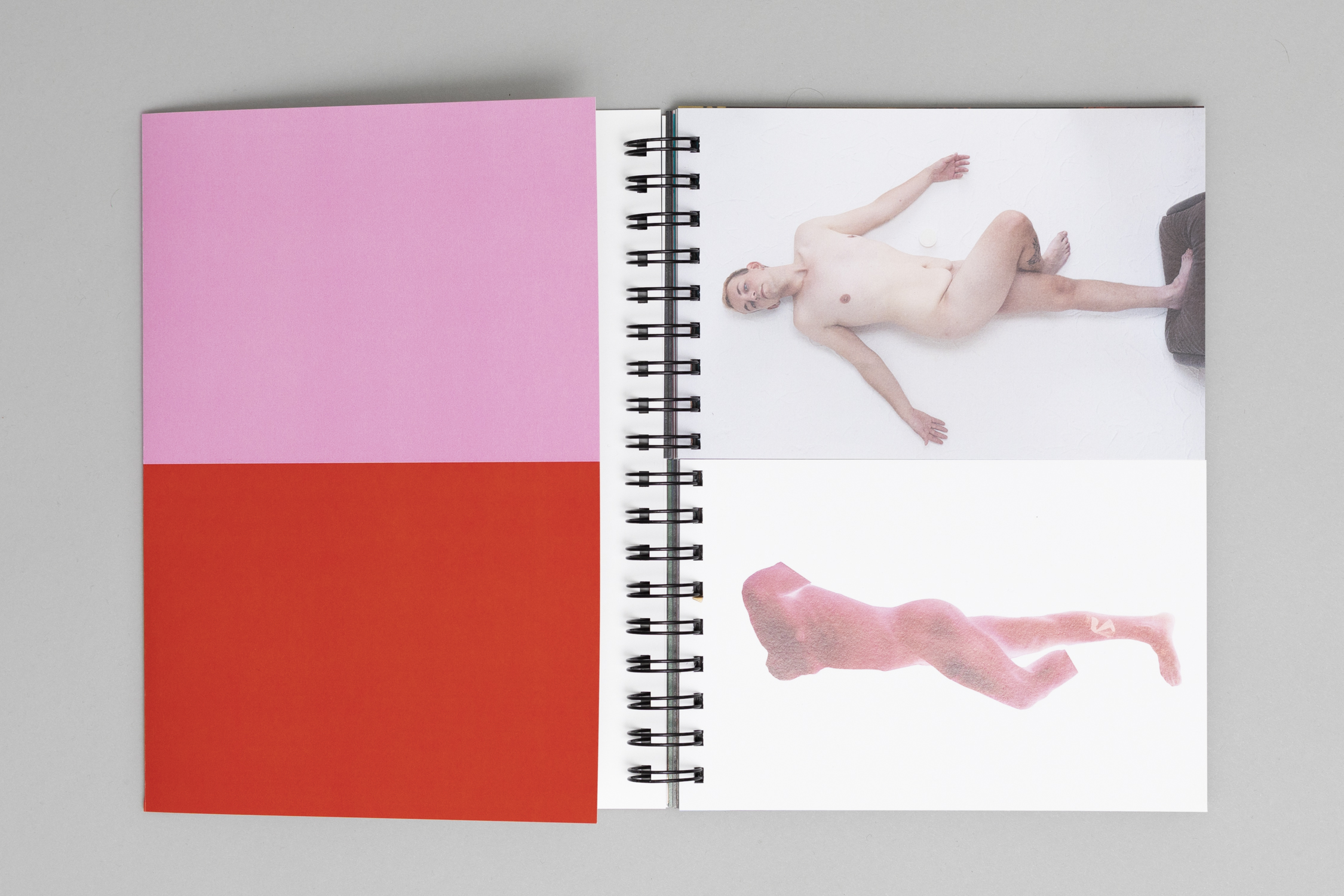



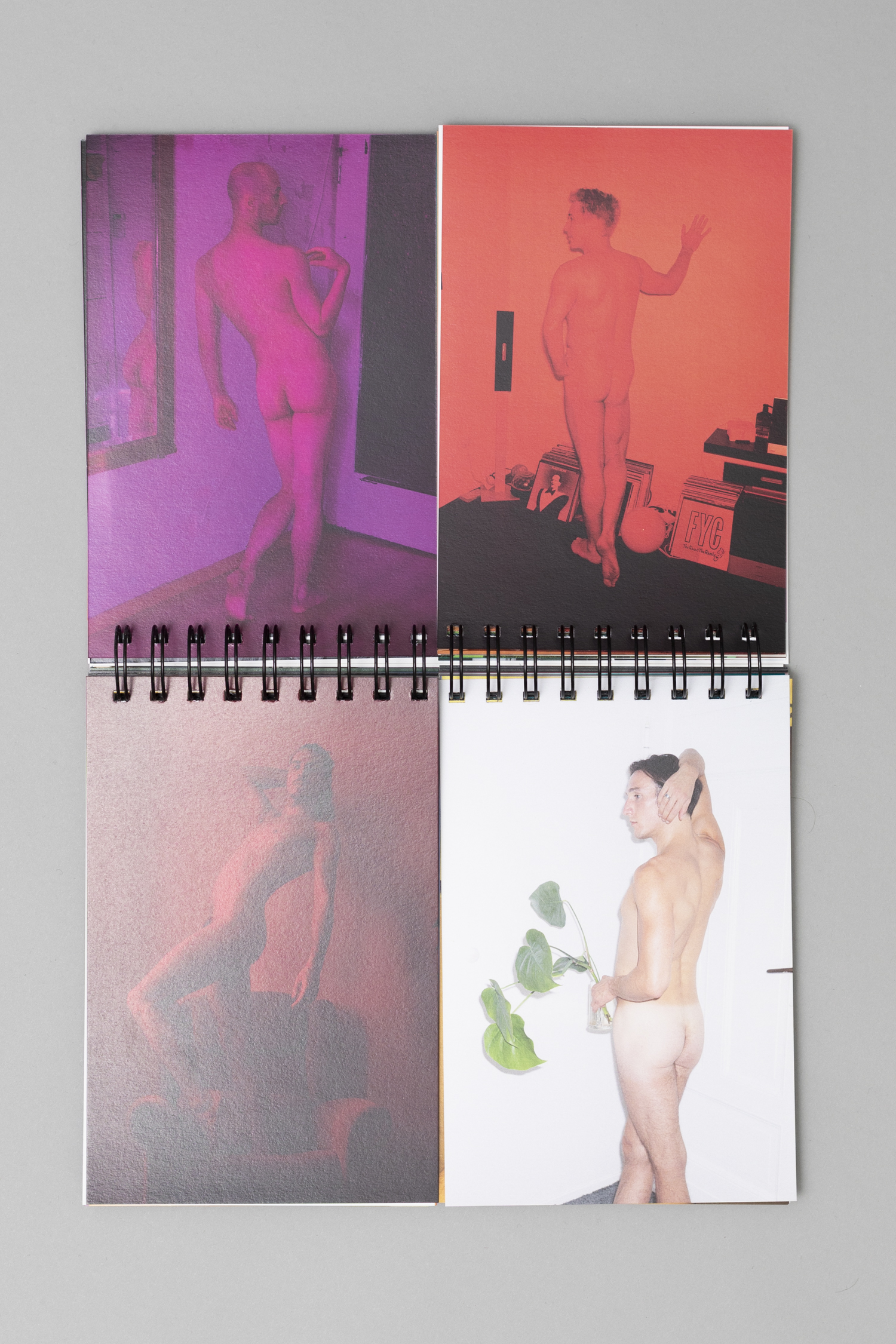



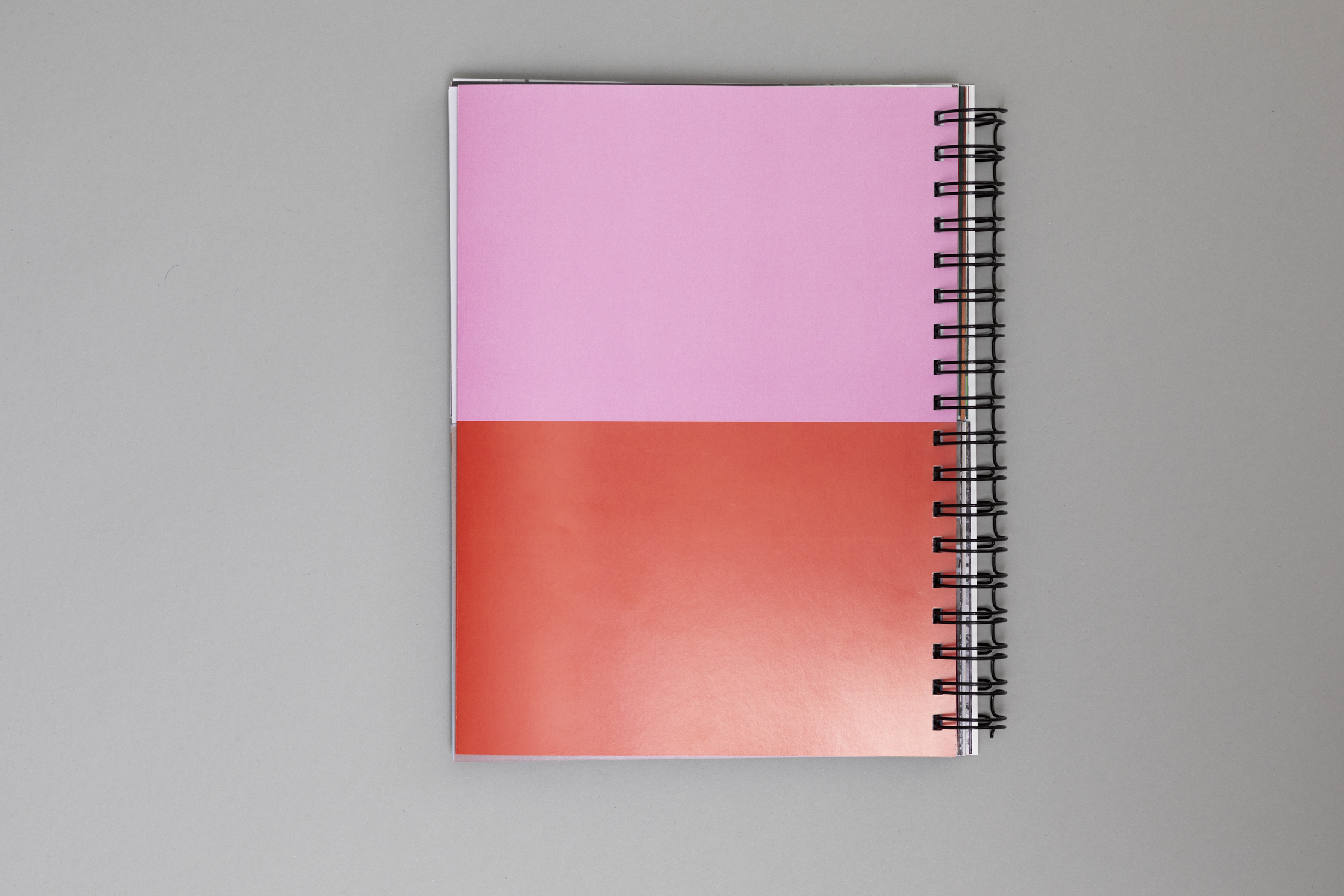
Bookdesign: Maria Knaub and Philip Jursch
Pages: 108
Possibilities of Combinations: over 3000
Font: TWK Lausanne
Paper: Magno Volume 170
Cover: Magno Gloss 300
Edition: 12




































"the beauty & the boys" is a project about the representation of the male body. The work questions whether the depiction of a softer masculinity is a visual innovation or just old news in a new guise. By questioning the ways in which the male body is portrayed, misogynistic structures in imagery can be highlighted, thereby creating a basis for greater gender equality. In recent years, a homely setting within the male model's own four walls has become increasingly present in advertising, but also in artistic photography. The setting creates a homely atmosphere that evokes an informal naturalness. The poses in the work are borrowed from photographs of male bodies from around 1900. They are static, statuesque and therefore often artificial. The homely setting within one's own four walls is thus reduced to absurdity. At the same time, it can also be observed that although the bodies depicted are often slimmer and more delicate, the poses are less masculine. Nevertheless, the ideal of the masculine-ascetic body is reinforced, if not strengthened. But if the ideal itself is not questioned, is the image of the male body really changing?











Bookdesign: Maria Knaub and Philip Jursch
Pages: 108
Possibilities of Combinations: over 3000
Font: TWK Lausanne
Paper: Magno Volume 170
Cover: Magno Gloss 300
Edition: 12